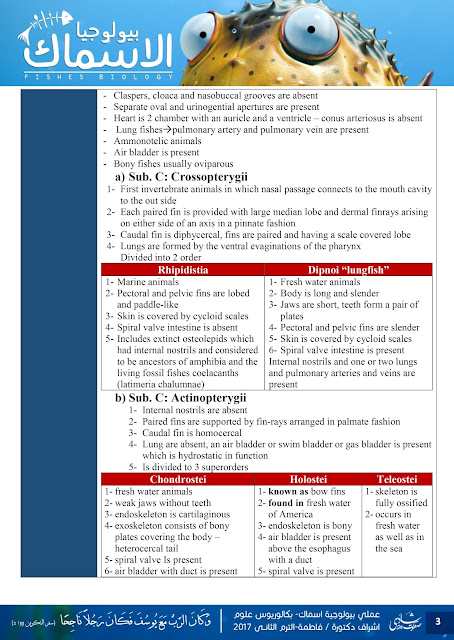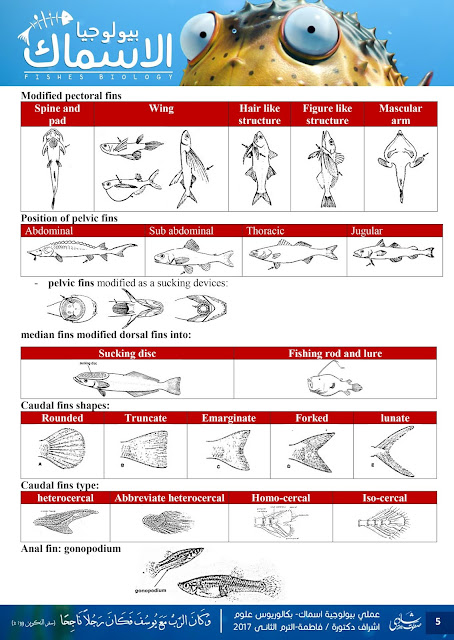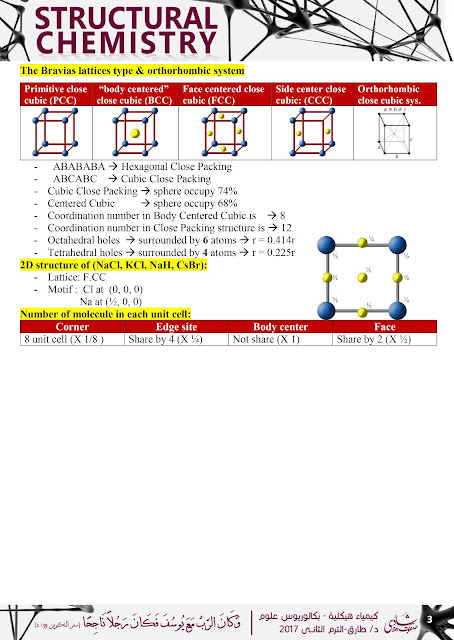

|
Brainstorming
|
1- Know what information a CV generally
contains. Most CVs include your personal information:
a) your education and qualifications
b) your work experience
c) your interests and achievements
d) your skills, and references.
There is no set format for a CV, what
you include is up to you.
2- Consider the
job you are applying for. What does the company do? What is their mission
statement? What do you think they are looking for in an employee? What skills
does the specific job you are applying for require? These are all things to
keep in mind when writing your CV.
3- Check the company’s website for extra information about the CV. See if there is any specific
information they want you to list in your CV. There might be specific
directions listed on the application page.
4- Make a list of jobs you have held. These can be both jobs you hold currently or in the past. Include
the dates that you began and ended your term at each particular job.
5- Hobbies and interests. Unique interests or hobbies will make you stand out. Be aware of
the conclusions that might be drawn from your hobbies. Try to list hobbies
that portray you as a team-oriented individual rather than as a solitary,
passive person. Companies want someone who works well with others and can
take charge if need be.
a)
Hobbies positive image: Being the captain of your
football team, organizing a charity event for an orphanage, secretary of your
school’s student-run government.
b)
Hobbies negative image:
solitary personality: watching TV, doing puzzles, reading. If you are going
to put any of these things, give a reason why. For instance, if you are
applying for a job at a publishing house, put something like: I enjoy reading
the great American writers such as Twain and Hemingway because I think their
writing gives a unique perspective into American culture at the time they
were writing.
6- Make a list of your relevant skills. These skills often include computing skills (Photoshop? Word? Excel? inDesign? etc.), languages you speak,
or specific things the company is looking for, such as targeted skills.
|
|
Writing Your CV
|
1- Create the format for your CV. Try different formats
to see which looks most professional
2- List your name, address, mobile
number, and email at the top of the page. It is important
to make your name a size larger than the rest of the text as it
is important for your reviewer to know who he or she is reading about.
3- Write personal profile “Use positive words such as
“adaptable”, “confident”, and “determined”
4- Create a section for your education and
qualifications. This section can be at the beginning of your CV or you can
choose to list it after other sections. The order of sections is up to you.
List your education in reverse chronological order.
Ex; Sohag University, Science, graduation data: 2017, Subjects include: Chemistry, biology and Zoology department. Obtained a 75%
5- Create a section for your skills and achievements.
This section is where you list the things you accomplished at your previous
jobs, and the skills you have developed through your experiences. This is
also the section where you list any of your published work, lectures you've
given, classes you've taught, etc.
Achievements: Successfully took a national bestseller from manuscript to publication; Received certification in copy-editing from UC Berkeley
6- Create a section for your interests. You should list
any relevant interests that paint you in the most positive light. Choose
several interests from the list you created while brainstorming for your CV
7- Create a section for other information. If there is
a noticeable gap in your CV or there is some other information you would like
to share, put it in this section.
Ex; I took two years off from my last career path in publishing to teach English. Teaching English as a second language has helped me better understand the subtle nuances of the language.
8- Create a section for references. These are
people you have worked with in the past such as professors, previous
employers, etc. The company you are applying to may contact these references
to find out more about your previous work.
|
|
Finalizing Your CV
|
1- Check your spelling and grammar. Poor spelling is
the quickest way to get rejected. If your CV is sloppy or riddled with
errors, potential employers will be unimpressed.
2- It’s better to write CV in briefly sentences. CVs
that are briefly and well-written tend to do better than long-winded CVs that
have repetitive information. Make sure you don’t repeat your skills.
3- Read your CV as if you were the company you are
applying to. What do you think about the layout and the information written
there? Do you professional? Get someone else to read your CV.
|





















































